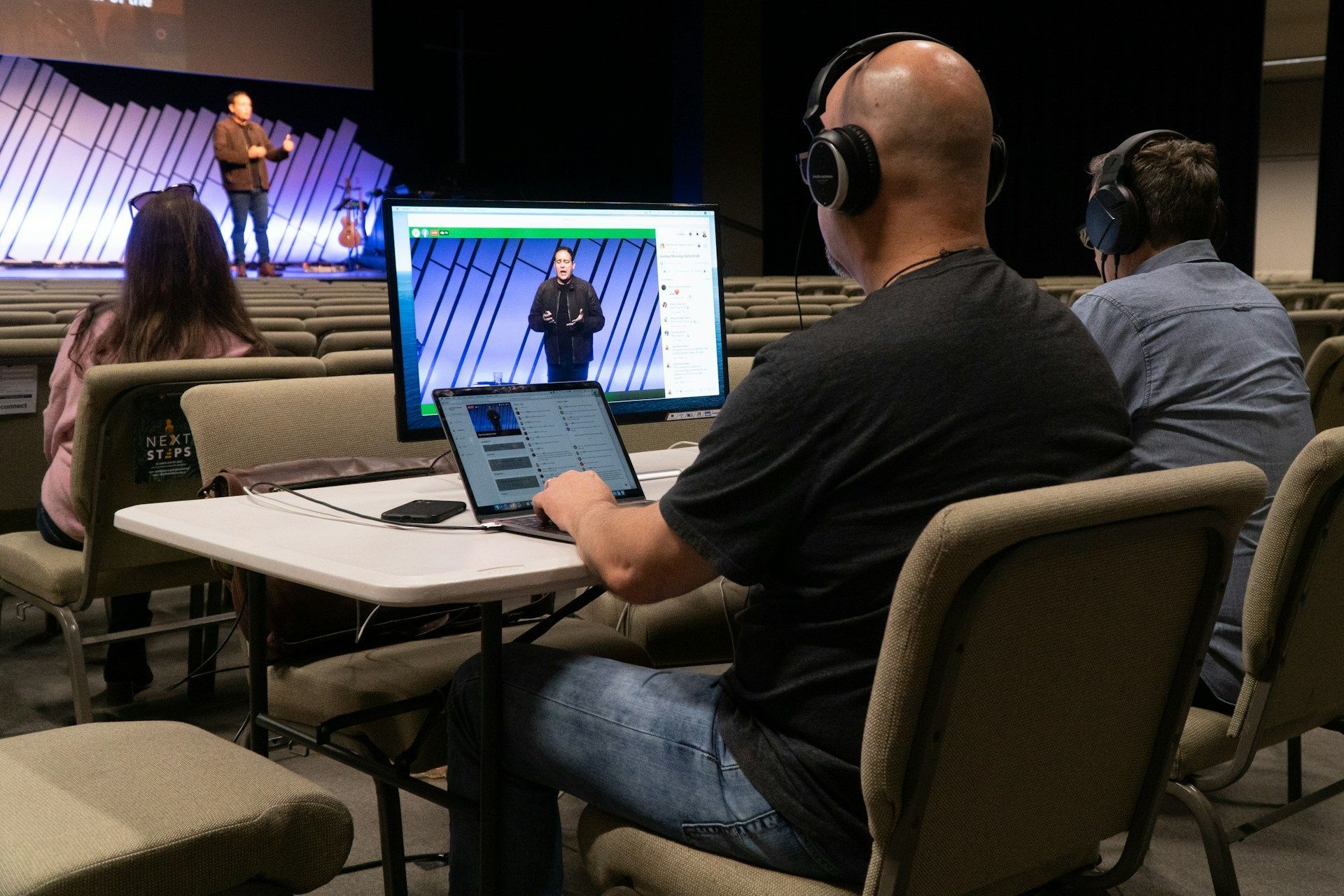Smart Budgeting Tips for Church Digital Advertising Campaigns
Running digital ads for your church can be a smart way to grow your community, share your message, and let more people know what your church is about. But digital advertising can get expensive fast if you don’t track where your money is going. The good news is, your church doesn’t need a giant budget to reach people online. With a few easy budgeting moves, you can stretch your dollars further without cutting corners on impact.
Whether you’re promoting a special event, launching sermon clips, or trying to raise awareness about new programs, having a plan in place is what makes the difference. That starts with budgeting—not just setting a number, but actually learning how to spend it in ways that support your goals. Let’s walk through a few areas where churches can make the most of their digital advertising funds without wasting money.
Assessing Your Current Digital Advertising Expenses
The first place to look when building a smart budget is where you're already spending money. Taking a close look at current and past digital advertising efforts gives you a clear picture of your starting point. Knowing what worked and what didn't helps you make smarter choices down the road.
Start by gathering all the details about your advertising costs. Look through receipts, transactions, ad platform histories, and team member input. You want to collect everything tied to these costs:
- Social media ad spend (Facebook, Instagram)
- Paid search campaigns (Google Ads, Bing Ads)
- Content design or video production costs
- Software or tools used for scheduling or reporting
- Any support services or consultants
Once you have everything gathered, group these expenses into simple categories. This helps you spot trends. For example, maybe you spent a lot on video production, but static posts got better engagement.
Next, review campaign outcomes. Did your community event ads bring in new faces? Did people attend a series because they saw the promotion online? Look at results like clicks, shares, sign-ups, and video views. These numbers help guide what to change or repeat later. Understanding past results makes your future spending smarter and more impactful.
Setting Clear Objectives for Your Advertising Campaign
Before anything else, decide what your campaign is meant to do. Advertising works best when it’s tied to a clear goal. Without it, the budget can vanish without much to show.
Church advertising goals often include:
- Sharing details about a holiday service or sermon theme
- Spreading the word about new group programs and ministries
- Inviting people to baptisms, prayer nights, or other events
- Growing your church’s following on platforms like Instagram or Facebook
- Inspiring more people to donate or volunteer
After picking a main goal, decide how you’ll know if it worked. Are you hoping for 100 event sign-ups or 300 new page likes? Maybe it’s about more video plays on your sermons. Getting specific helps you track performance and plan future campaigns.
Then match expectations to your current resources. A free Bible study might only need a few boosted posts. Brand-new ministry programs or holiday efforts may need longer pushes or video support. Spend money based on your actual goals, not on trendy features or tools.
Clear objectives guide every dollar in the right direction.
Cost-Effective Strategies for Digital Advertising
You don’t have to spend big to get good results. Smaller budgets can make a big difference with smart strategy and the right tools.
Start with platforms that stretch your dollar. Facebook and Instagram let you promote posts for just a few dollars a day. Use these to highlight events, sermon clips, or community stories. Target the audience by location and interests for better results. Keep the visuals impactful but simple. A photo from last week’s service or a short quote from the pastor goes a long way.
Lean into storytelling—real stories and moments from your congregation can spark meaningful engagement. These kinds of posts are more likely to be shared, which means more reach without added cost.
The Google Ad Grant is a valuable option that many churches qualify for. If you have a functioning website and nonprofit status, your church may receive free ad credits to appear in search engine results. It’s not automatic and does take initial setup, but when managed properly, it supports steady traffic to your pages with no direct ad cost.
Budget-conscious churches can get strong results by focusing on creative content and thoughtful use of available tools. What matters is connection, not flash.
Monitoring and Adjusting Your Budget
Creating a budget is one thing. Making it work as the campaign runs is another. Real success comes from tracking how your ads are performing and shifting things if they’re not working.
Set a time each week to check on your campaign’s numbers. You don’t need dozens of stats to do this. Simple figures like link clicks, video plays, or sign-ups tell you what’s gaining attention and what’s not.
Watch for things like:
- Which posts or ads people are engaging with the most
- If lots of clicks aren’t leading to sign-ups
- Whether one platform is doing much better than another
- The types of images or messages that perform strongest
- What days or times get better responses
If one post is working great, put more budget into it. If something’s underperforming, stop it or tweak it. Your funds don’t need to be divided equally across all efforts. Focus where there’s traction.
After the campaign wraps, do one more review. Did you meet the objectives? What money did you spend that paid off? These reviews build your confidence for next time. Advertising should get smarter every time you do it, not more expensive.
Building a Financial Plan for Sustained Advertising Success
A campaign-by-campaign mindset limits your future outreach. The churches that see consistent growth think long-term. Planning your ad budget across the year, based on church seasons and outreach rhythms, helps you stay organized and better manage resources.
Start by listing events that usually need promotion. Map those events along a yearly calendar. Next, estimate roughly how much each month or event might need. This doesn’t have to be perfect. Just think about where you’d like to make a big push and where things might be quieter.
A few things to ask during your planning:
- Which months usually need more outreach spending?
- Do you have leftover funds from slower periods that can be reused later?
- Are there donor gifts that could be put toward special ads?
- Should you save a portion of this month’s ad budget for Advent or Easter?
Say your Christmas campaign is a big one. You might hold back from heavy spending in early fall and then increase ads starting mid-November. This spreads your outreach and avoids budget stress right before big events.
Annual planning gives you creative space, too. You’ll have time to record better videos, design stronger messages, and find new ways to connect without last-minute stress. When ad money is planned ahead, it becomes part of your larger mission, not just a quick fix.
Faithworks Marketing’s Role in Effective Church Advertising
Churches of all sizes face the same challenge: how to reach more people without wasting precious time or money. Good budgeting helps you stay focused and gets more done with less. But figuring it all out isn’t always easy.
When your team works with people who understand advertising for churches, it’s easier to build smart plans that actually match your goals. Faithworks Marketing brings tools and guidance that support your mission and help make every campaign feel thoughtful, not rushed. From goal setting to ad management, we’re here to help your strategy and your spending stay aligned with your message.
Effective advertising for churches can transform your outreach efforts, and you're not alone in navigating these options. Faithworks Marketing is dedicated to helping you make informed decisions that align with your mission. To explore more ways to optimize your approach, learn how we support churches through
advertising for churches that broadens your reach and impact.












